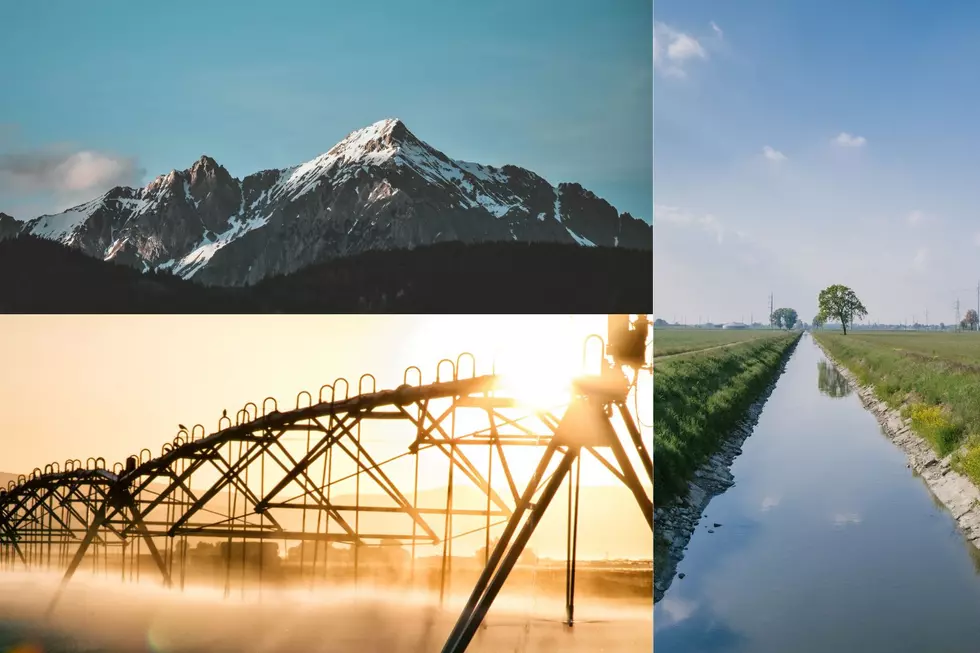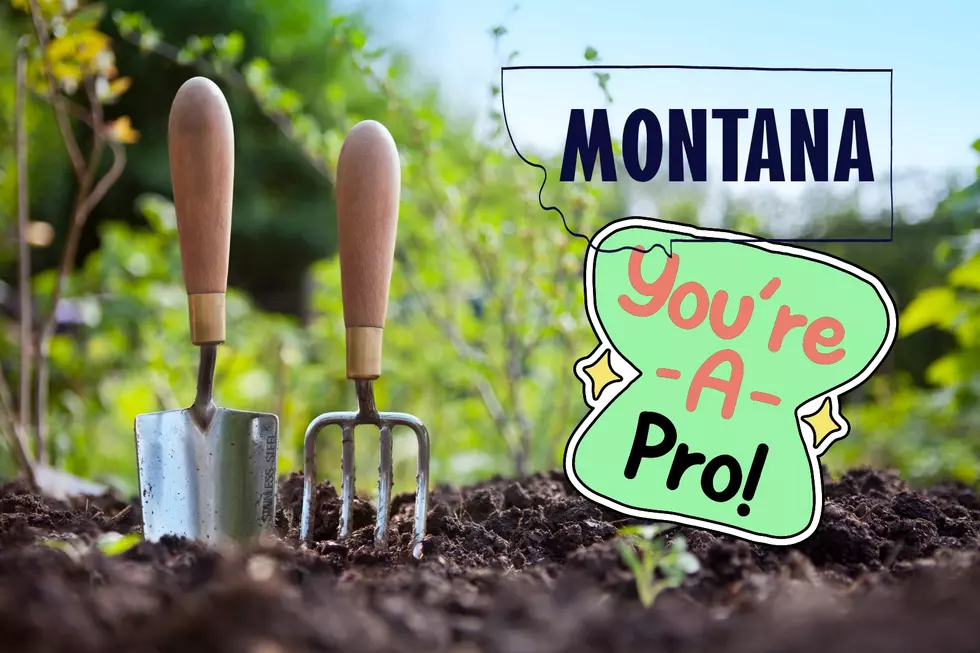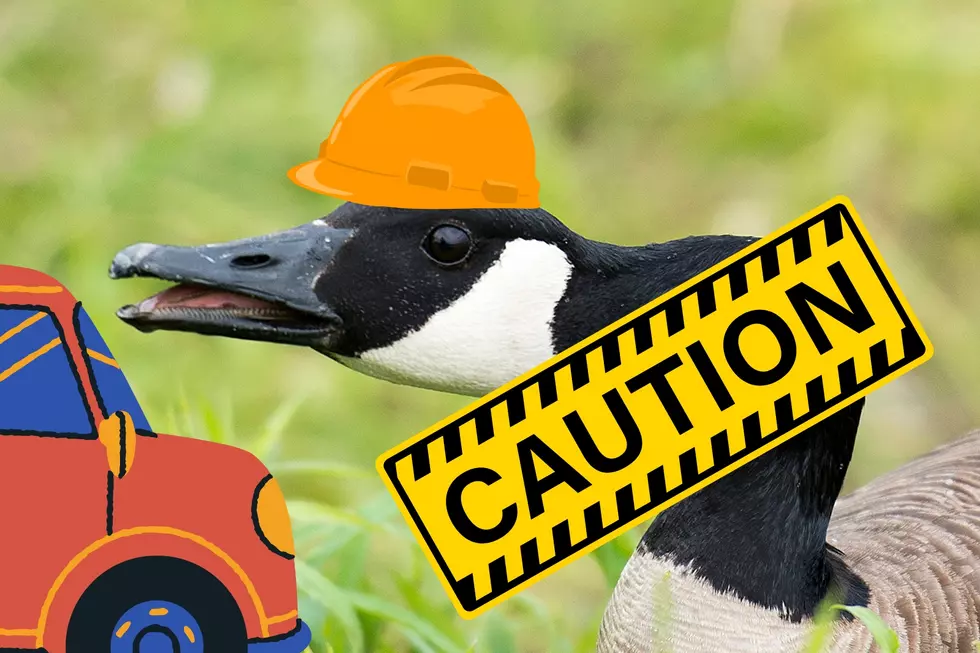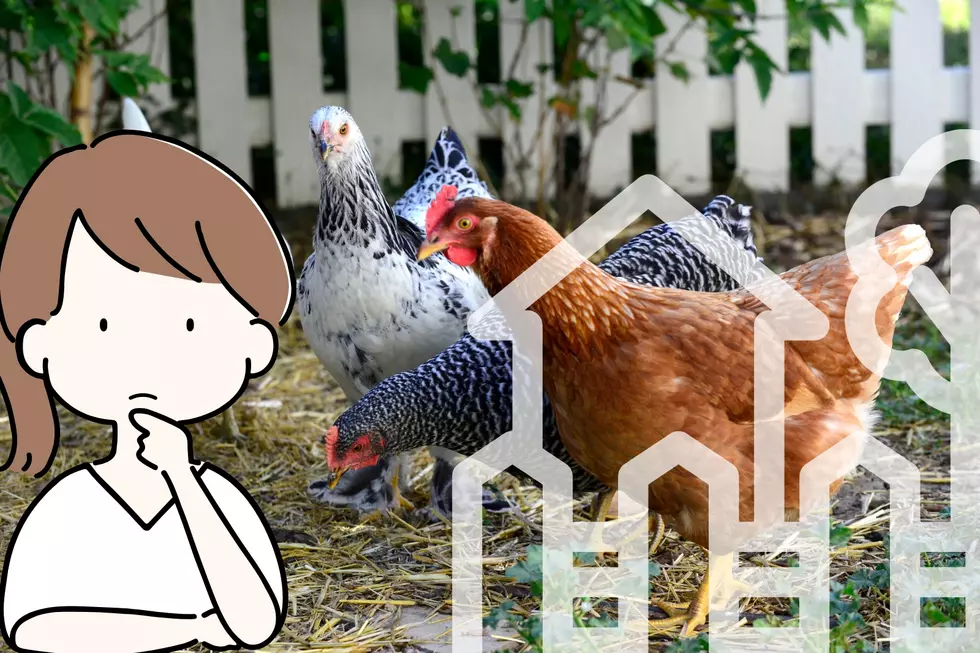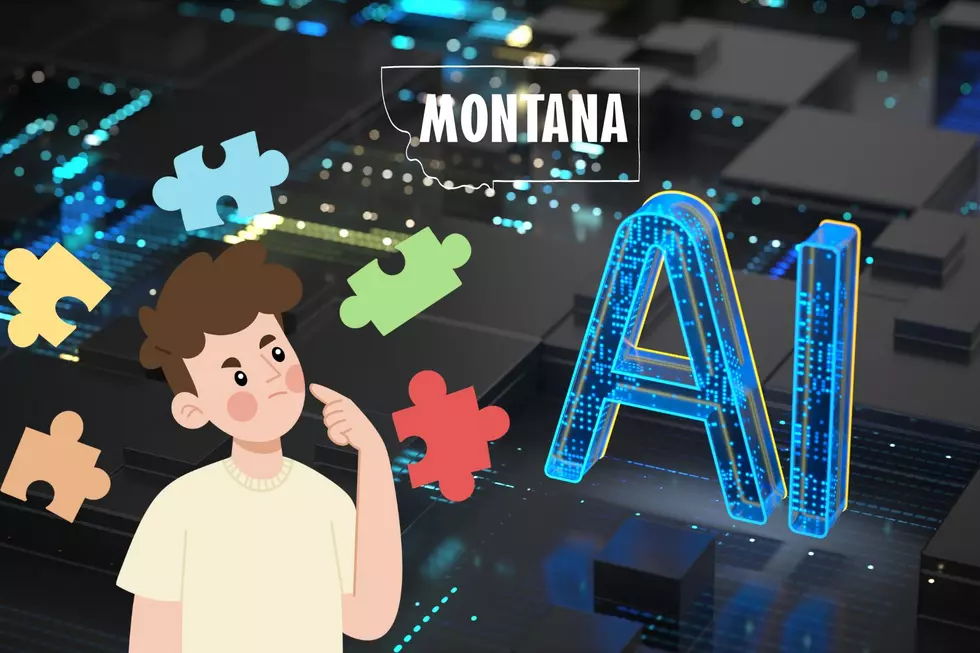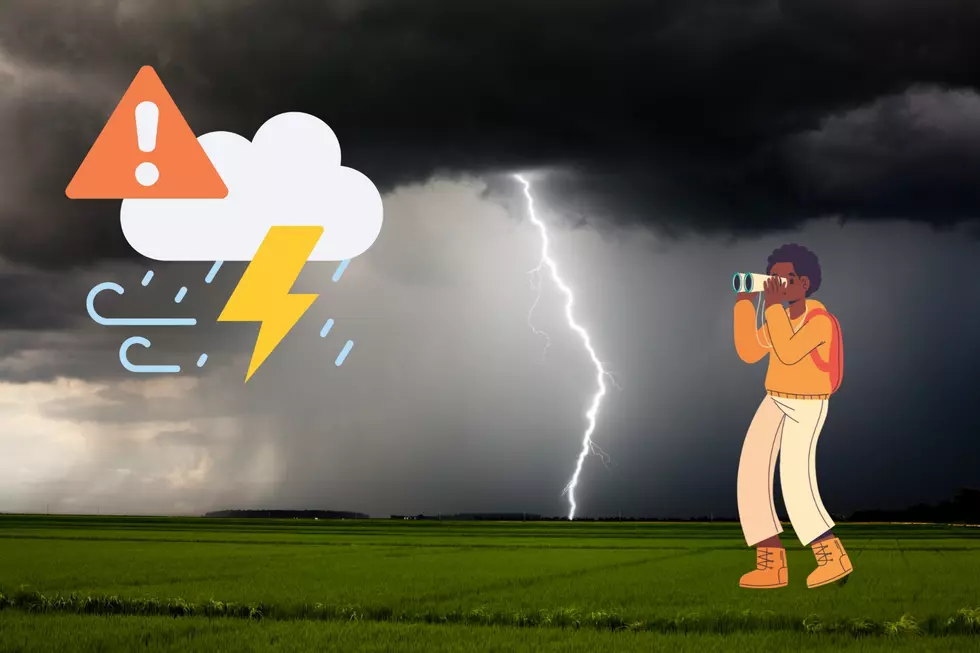
Here’s How To Become An Expert Storm Spotter In Montana
When big storms, tornadoes, and flash floods are brewing, the National Weather Service (NWS) relies on a mix of high-tech gear and folks with a good eye for spotting trouble to give out accurate warnings.
These trained volunteers help out by keeping an eye on things firsthand, adding their observations to what the Doppler Radar and other gadgets are picking up.
Let's dive into how these dedicated volunteers and the SKYWARN program are a big deal for keeping folks safe.
So, What's the Deal with Trained Weather Watchers?
You've got weather buffs and caring citizens volunteering their time to become ace weather watchers. They're the ones who can spot trouble brewing and report it pronto.
Their ground-level observations help fill in the gaps in the radar data, making the warnings more spot-on.
These reports are like gold when it comes to warning folks about tornadoes, heavy storms, and flash floods, giving communities the heads up they need to prepare and stay safe.
SKYWARN
Heroes in Action Back in the '60s, SKYWARN was born, and it's been a game-changer ever since. It's like this huge network of trained weather watchers across the US.
With over 300,000 active members, SKYWARN has got all sorts of people pitching in – from radio buffs to truckers, sailors, pilots, and emergency responders.
They team up with the weather experts and emergency crews, giving them the lowdown on what's happening in their neck of the woods.
Getting Trained and Ready Becoming an official NWS SKYWARN Weather Watcher means going through some specialized training on weather hazards and how to report them, all tailored to your area.
These training sessions happen pretty regularly, either in person or online, helping folks understand the ins and outs of severe weather and how to report it like a pro.
If you're itching to get involved or just want to up your weather game, the Great Falls National Weather Service is hosting some online training sessions this spring.
Mark your calendar for April 9th, 6:30 to 8:00 pm, and April 13th, 1:30 to 3:00 pm. It's a cool way to learn all about spotting severe weather and doing your part to keep your community safe.
Read Next: Farmer’s Almanac Predictions Seem a Little Off for Montana
NWS 2024 Severe Weather Preparedness Guide
Gallery Credit: Mary K
Old Wives Tales About Weather And Why They're Right
6 Cold Weather Pests Looking for Warmth in Idaho Homes
Gallery Credit: Ryan Antoinette Valenzuela
More From KMON Country 560 AM
